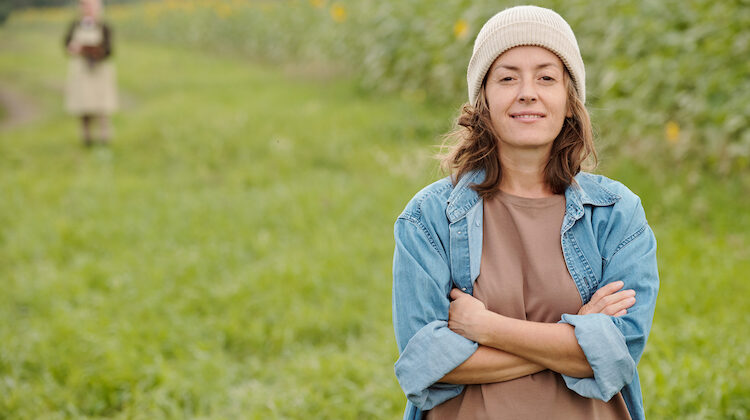
When my father announced his retirement, the weight of the family farm fell squarely on my shoulders. For generations, the Marsh family had tilled the same 80 acres of soil, growing corn and soybeans like clockwork. But I, Lily Marsh, had other plans.
The neighbors chuckled when they saw the sign go up: “Marsh Organic Farm: Sustainable Practices, Healthy Produce.” They said I was chasing a pipe dream, that people around here wouldn’t pay a premium for vegetables they could buy cheaper at the supermarket. Dad wasn’t much more supportive, shaking his head every time I mentioned crop rotation or composting. “This isn’t some hippie commune, Lily,” he’d mutter.
Still, I plunged forward. I studied soil health and sustainable irrigation late into the night. By day, I wrestled with the realities of farming—tractor repairs, unpredictable weather, and weeds that laughed at my organic methods. The first year, I barely broke even. The second year, pests wiped out an entire field of kale. But by the third year, things started to change.
I’ll never forget the morning I set up my first roadside stand. There was a nervous flutter in my stomach as I arranged the tomatoes, cucumbers, and bright bundles of Swiss chard. My first customer was Mrs. Hensley, who ran the diner in town. She sniffed at the produce and asked, “What’s so special about this?”
“It’s grown without chemicals,” I said, trying to sound confident. “And I promise, it tastes better.” She squinted at me, then grabbed a handful of tomatoes. “If these are as good as you say, I’ll come back,” she said.
She did come back. So did her friends. Soon, I was selling out at the farmer’s market every weekend, my hands stained green from the basil and mint I bundled at dawn. Word spread, and before long, I wasn’t just farming—I was running a business.
I hired local teens to help with the harvest and taught them about sustainability. I hosted workshops on composting and water conservation, and people started calling me “that girl with the farm.” The nickname made me smile.
But the best moment came two summers later, when a young woman named Emma stopped by the farm. She was fresh out of college and full of questions about how to start her own small operation. As we walked through the fields, I saw a spark in her eyes that reminded me of myself.
“This is what I want to do,” she said. “But people say I’m crazy.”
I grinned. “They said the same thing to me. Prove them wrong.”
Now, when I look out over the farm, it’s not just the crops that give me hope. It’s the knowledge that I’ve planted more than seeds in the soil. I’ve sown inspiration, proving that women can lead, innovate, and thrive in agriculture.
The old-timers still scratch their heads when they drive by my fields of heirloom squash and wildflowers planted for pollinators. But they don’t laugh anymore.
And neither do I.